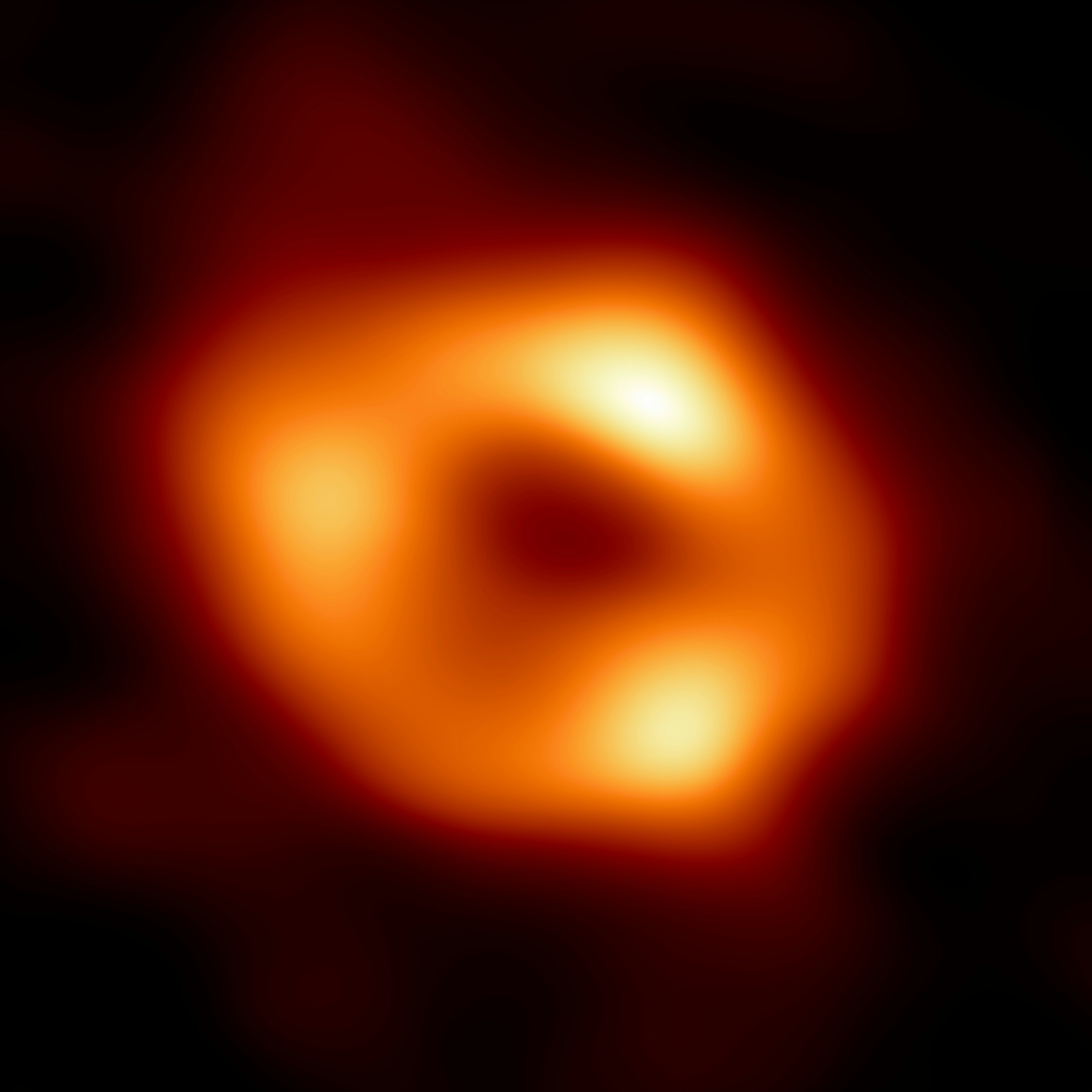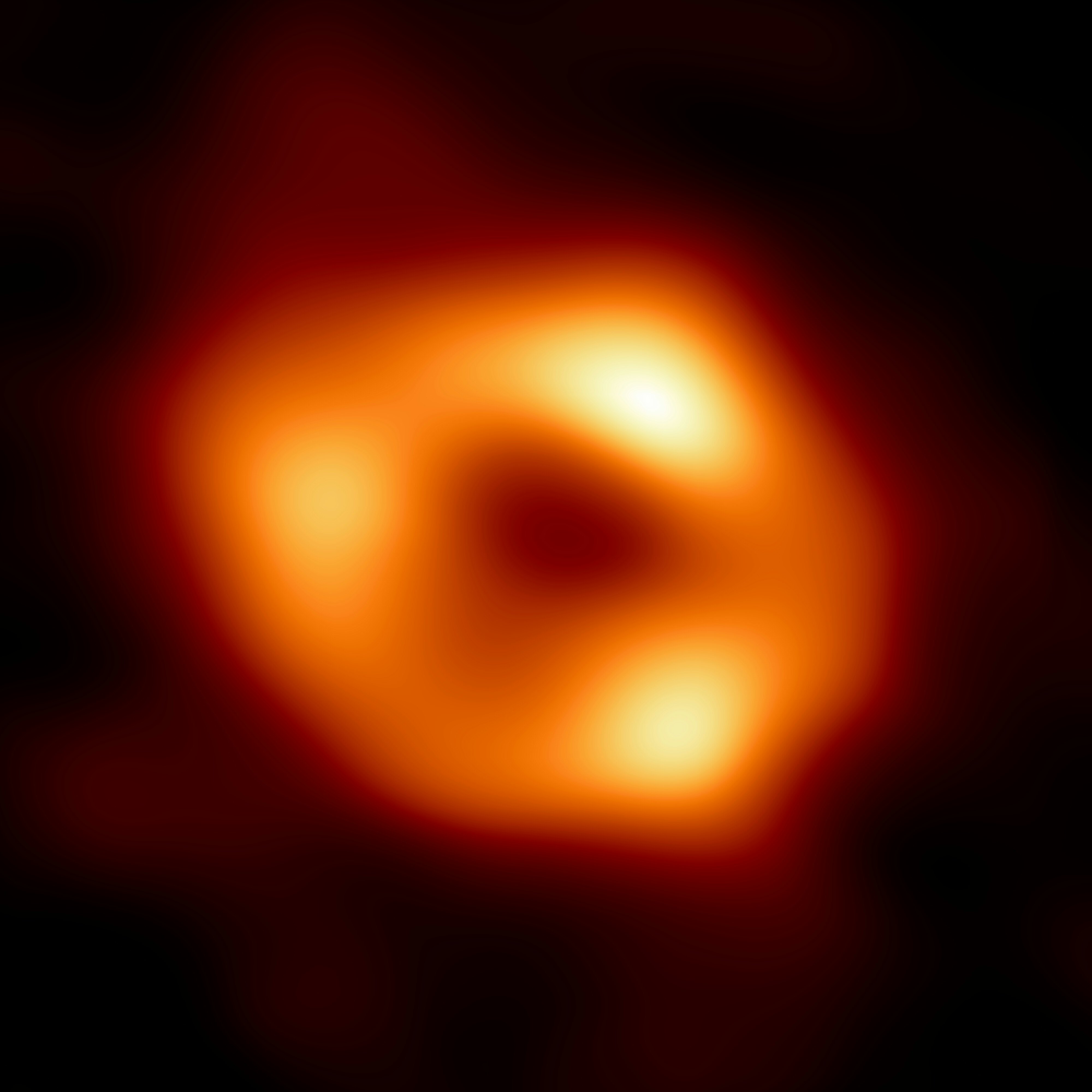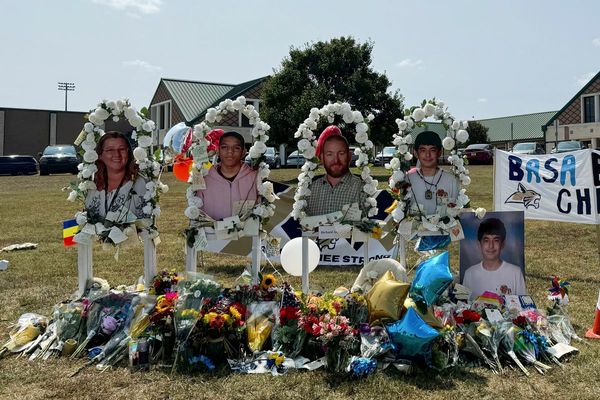
Catching her breath and beaming a bright smile, astronomer Sara Issaoun of the Center for Astrophysics introduced an auditorium in Germany to one of the most important observations made in astronomy.
“This is the first image of the supermassive black hole at the heart of our Milky Way galaxy!” she excitedly told a worldwide-streamed press conference.

While we have long suspected that supermassive black holes lurked at the center of galaxies, previous observations relied on indirect evidence. That all changed in 2019 when the Event Horizon Telescope captured an image of the startlingly huge black hole at the center of the galaxy M87. It took eight telescopes several nights to gather that image in 2017, and a couple of years of processing on some of the most powerful computers on Earth to assemble it.
But there was a much closer black hole they also worked on: Sagittarius A* (Sgr A*), the behemoth that commands the Milky Way. This image is the first direct evidence of our central supermassive black hole, sweeping aside any doubt that the object is anything but a black hole by directly imaging its event horizon, the point of no return in a black hole, as well as the “ring of fire” around it.
Sgr A* is four million times the mass of our Sun and its about the size of Mercury’s orbit, Issaoun said. The incredible new picture explains the gravitational well that scientists had long suspected lurked at the center of our galaxy, previously hinted at by the peculiar behaviors of stars and gasses there.
The image involved the work of more than 300 researchers, billions of processing hours, 11 radio telescopes scattered across the globe, and several petabytes of data that, if printed, would require enough paper to stretch from Earth to the Moon.
EHT captured Sgr A* for a few days in April 2017 via radio wavelengths that were short enough to see the glow of the infalling and outfalling heated material swirling around the black hole’s center.
“To give you an idea, EHT can see three million times sharper than the human eye,” said Thomas Krichbaum, EHT collaborator based at the Max Planck Institute for Radio Astronomy, in Bonn, Germany. “So when you are sitting in a Munich beer garden, for example, one could see the bubbles in a glass of beer in New York.”
Until today, Issaoun held the record for the best image of Sgr A*.
She was working on images of Sgr A* at lower resolutions, studying the mysterious radio emissions from the Milky Way core to see if she could narrow down details about this possible black hole for her Ph.D. research.
After a long career thinking about Sgr A*, “there it was staring back at me,” she said during the press conference at The European Southern Observatory (ESO) headquarters near Munich, Germany. “And I felt shivers and excitement.”
She recalled that momentous Zoom call, where the imaging teams across EHT’s facilities came together to see the images for the first time. Everyone marveled when they saw a ring of the same size across the images, which the EHT collaboration combined into the single shot published Thursday.
She tuned in from Japan at midnight local time. Coincidentally, she attended a conference about the galactic center, “which was quite funny,” Issaoun said and followed up with a laugh.
Decades in the making, the project has an increasingly exciting future. The initial imaging campaign worked on imaging six objects, three of which the EHT collaboration have released: M87, Sgr A*, and a trail of matter near the galaxy Centaurus A, falling short of imaging the event horizon. It will also add new telescope sites in the coming years, increasing the resolution of the black hole images.







